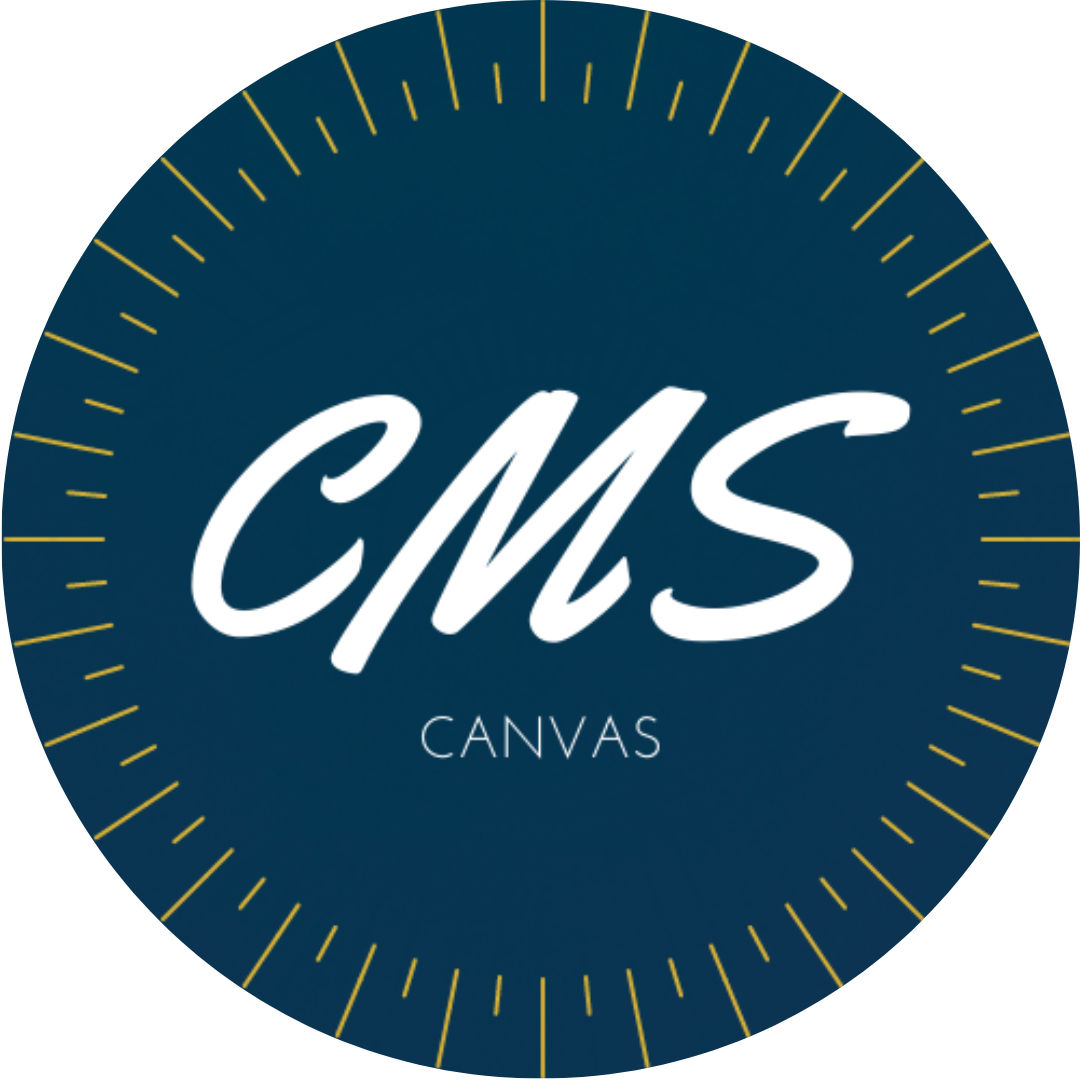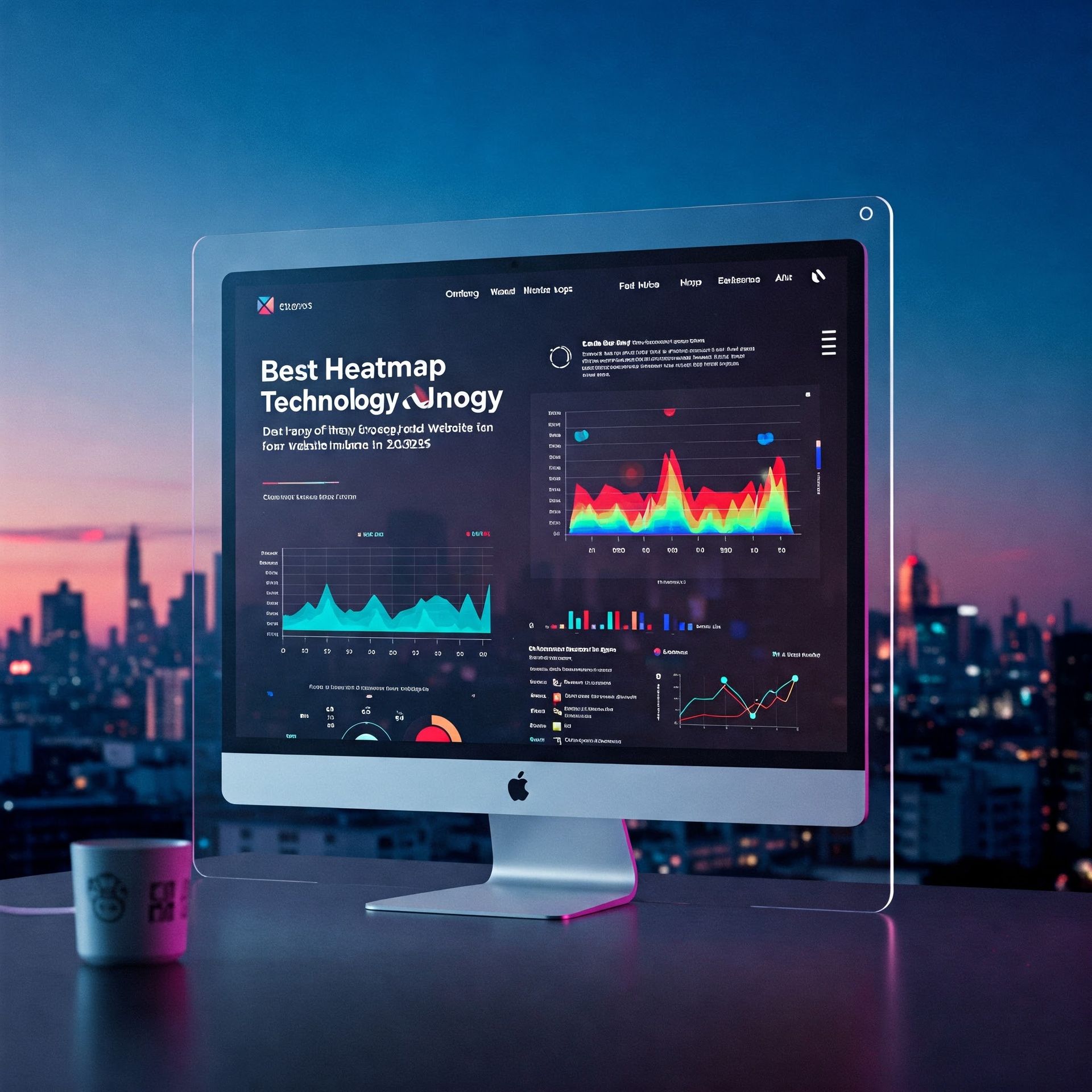
Article
A Guide On Creating Effective Brand Awareness Ads
Key Elements of a Strong Brand Awareness Ad
1. Strong, Clear Branding
Your logo should be visible but not overpowering.
Maintain consistent colors, fonts, and design elements that align with your brand identity.
Use a tagline or slogan that reinforces your value proposition.
Real Example: Coca-Cola
Coca-Cola’s signature red, white, and script font is instantly recognizable. Their ads often focus on emotions, like happiness and togetherness, rather than product features. Even without showing the logo, their branding elements are so strong that consumers can still identify the brand.
2. Compelling Visuals
High-quality images or videos that capture attention quickly.
Bold typography and minimal text for easy readability.
Faces or relatable lifestyle imagery to create emotional appeal.
Real Example: Apple
Apple’s ads often feature sleek product close-ups with simple backgrounds and minimalistic designs. Their "Shot on iPhone" campaign highlights stunning user-generated content to showcase camera quality in a visually captivating way.
3. Short, Impactful Messaging
Keep it simple: One core message that resonates with your audience.
Emotion over logic: Instead of listing features, highlight how your brand improves lives.
Curiosity hook: Ask a question or use an unexpected statement to make people stop scrolling.
Real Example: Nike
Nike's "Just Do It" is one of the most effective brand awareness slogans. Their campaigns don’t focus on product specifications but on motivation, personal triumphs, and pushing limits. This keeps their messaging universal and deeply impactful.
4. Emotional or Storytelling Element
People remember stories, not sales pitches.
Show your brand’s mission, values, or real-life impact.
Real Example: Airbnb
Airbnb’s "Belong Anywhere" campaign used real traveler stories to highlight experiences over accommodations. Instead of focusing on listings, they shared moments of cultural exchange and meaningful connections, reinforcing their brand message.
5. Call to Action (CTA) That Matches the Goal
Since the goal is awareness, use low-commitment CTAs such as:
"Follow us for more inspiration"
"Discover our story"
"See why [Brand Name] is different"
Avoid hard-sell CTAs like "Buy now" or "Sign up today" unless retargeting warm audiences.
Real Example: Patagonia
Patagonia's awareness campaigns focus on environmental activism. Instead of "Shop Now," their CTAs often include "Learn More" about sustainability initiatives, reinforcing their brand mission.
6. Optimised for the Platform
Each platform requires a different ad approach:
Facebook/Instagram: Short, visually stunning ads work well with storytelling.
YouTube: Hook within the first 5 seconds; great for storytelling and emotional connection.
TikTok: Fast-paced, authentic, UGC-style content works best.
Google Display Ads: Simple, high-contrast imagery with minimal text.
Real Example: Glossier on Instagram
Glossier leverages user-generated content and influencer collaborations, showcasing real people using their products in relatable ways. Their minimalist aesthetic and engaging captions make their brand feel accessible and aspirational.
Examples of Strong Brand Awareness Ad Approaches
Minimalist & Bold: Apple’s ads often show just the product in a clean setting with a short tagline.
Emotionally Driven: Nike’s "Just Do It" ads focus on personal triumphs rather than product specs.
Storytelling: A jewelry brand could showcase a real customer story about an engagement ring.
User-Generated Content: Skincare brands often show real people using their products, making the brand feel authentic.
Final Thoughts
A good brand awareness ad is not about pushing a sale but creating a lasting impression. Whether through emotional storytelling, striking visuals, or relatable user-generated content, the key is to make your brand memorable. By understanding your audience, leveraging strong branding, and optimizing for different platforms, you can create awareness ads that resonate and build long-term customer connections.
Related Articles
Related Articles



